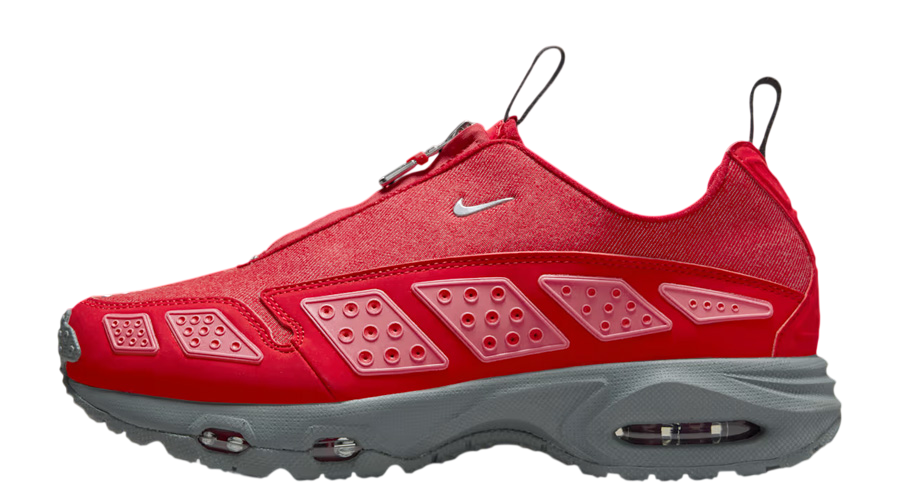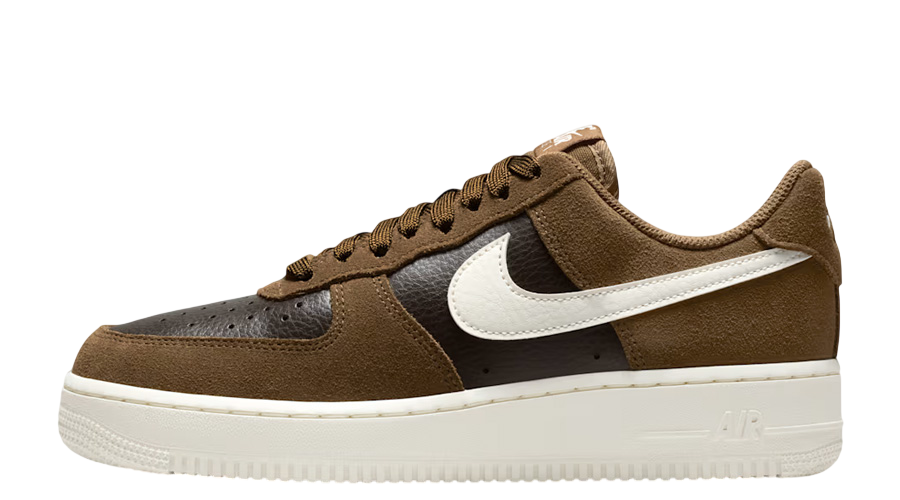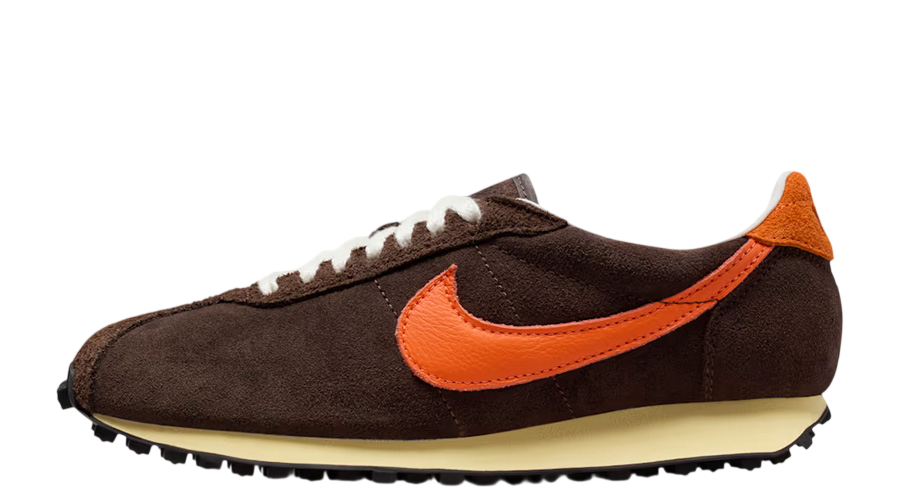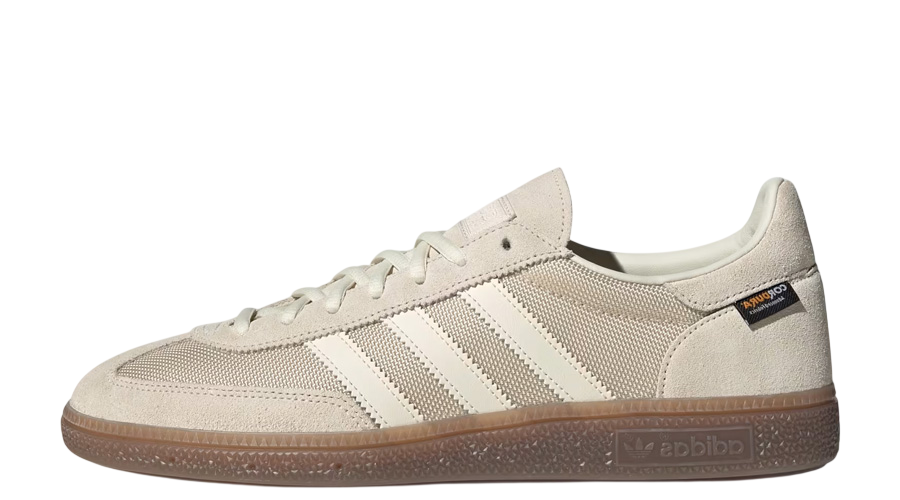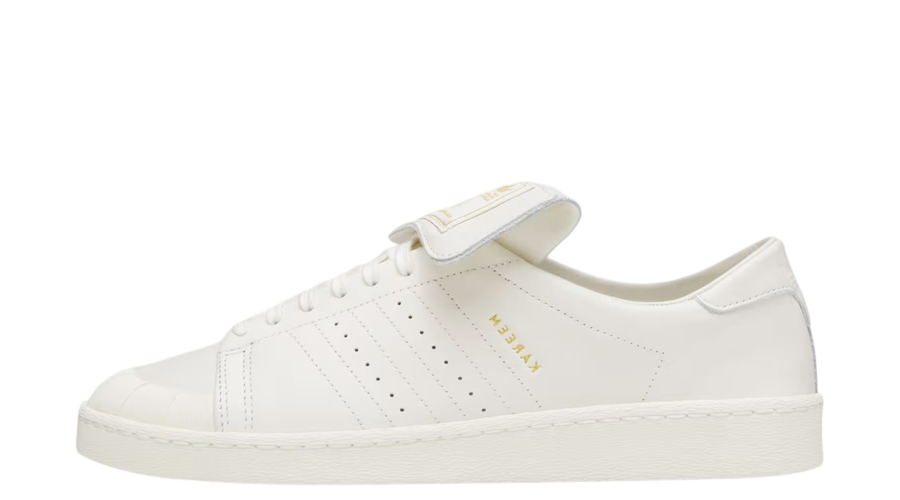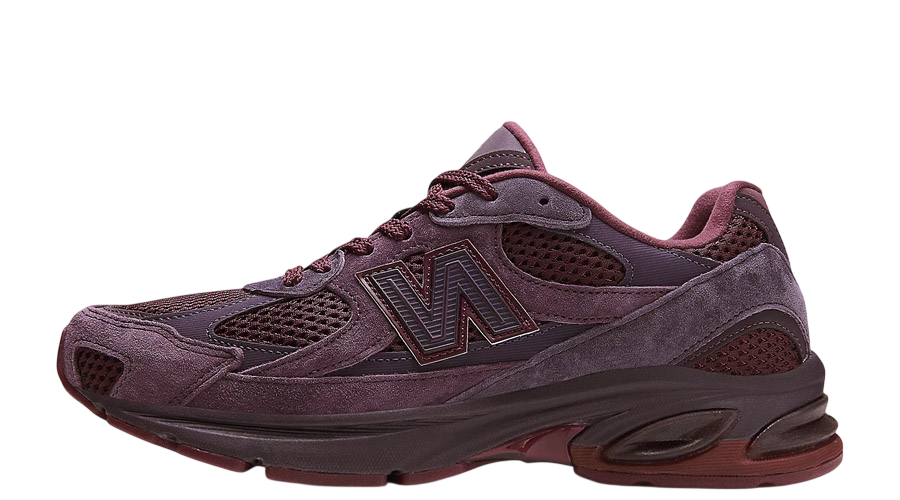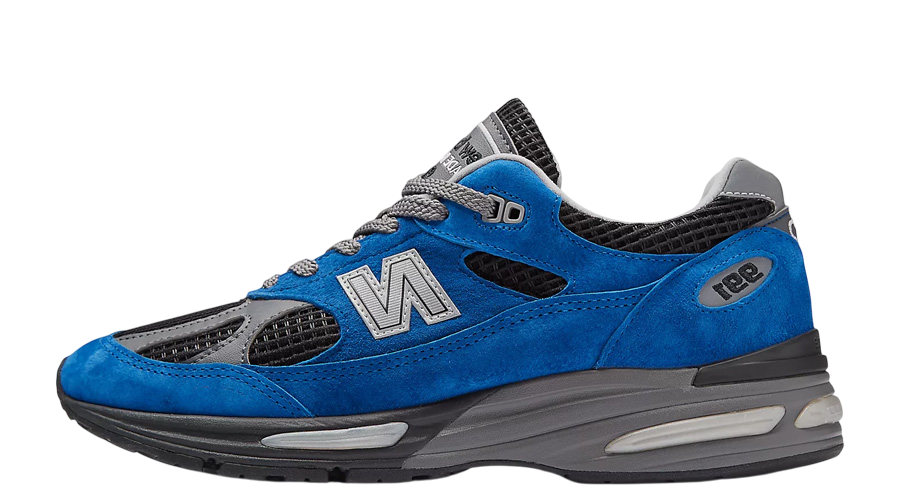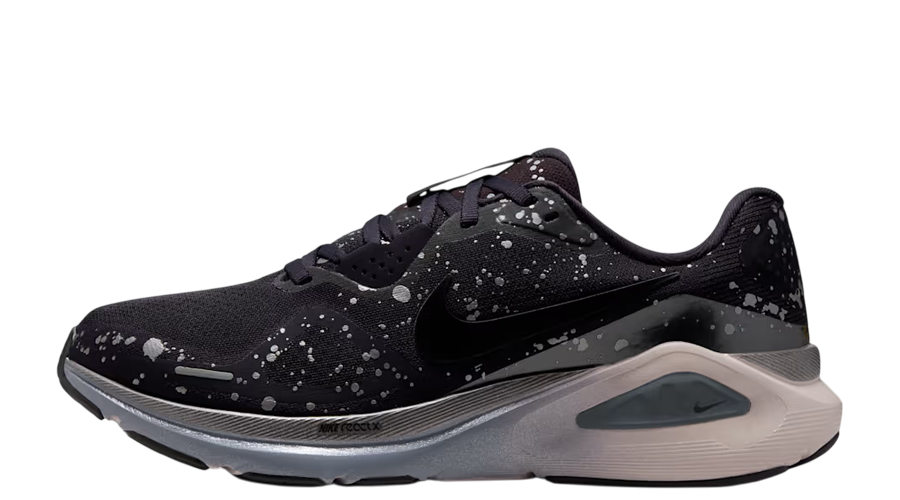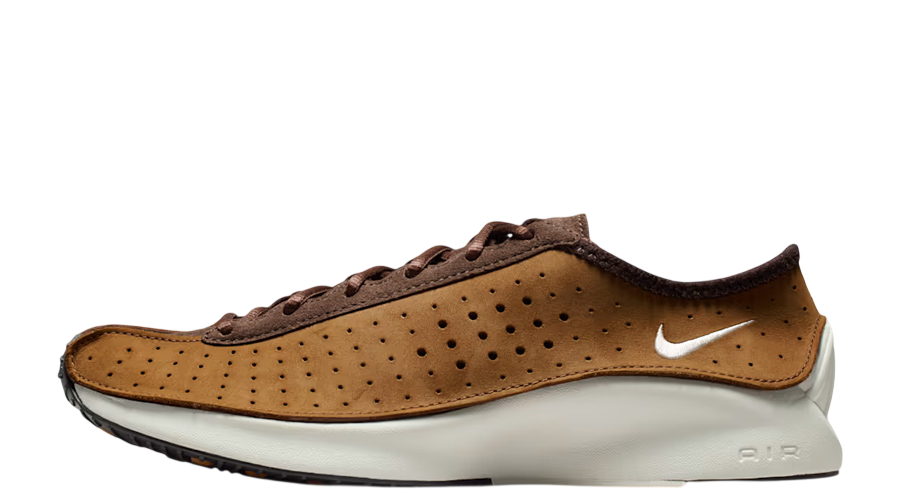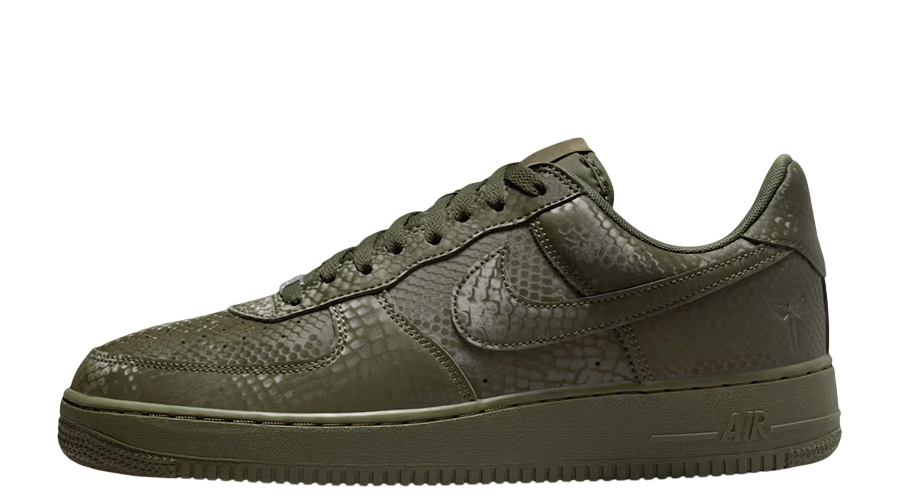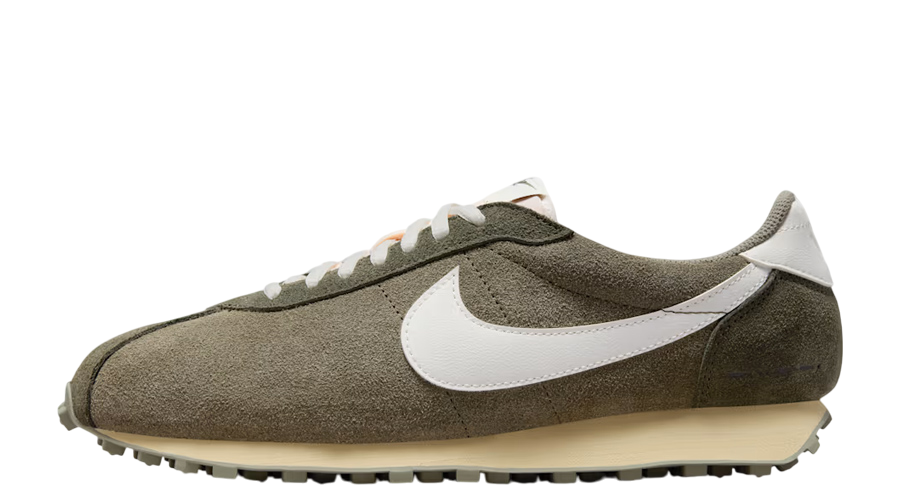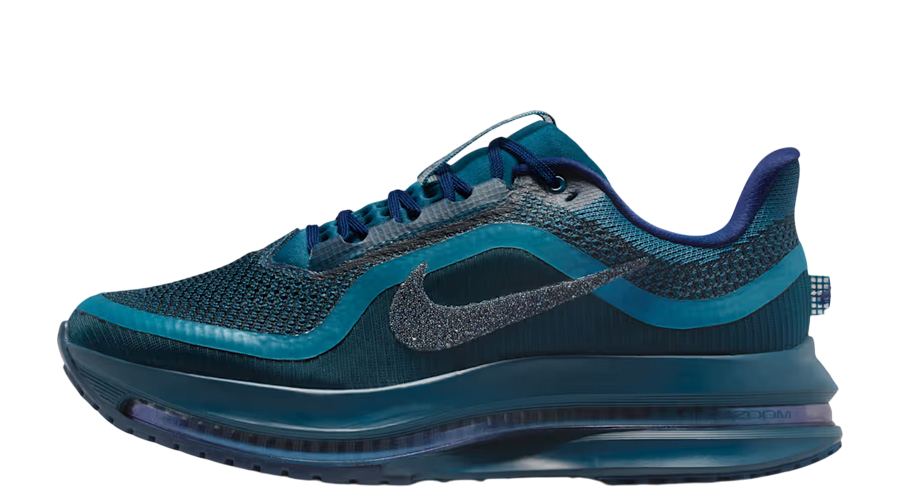Nike Air Max vs. React Element: Which One Comes Out on Top?
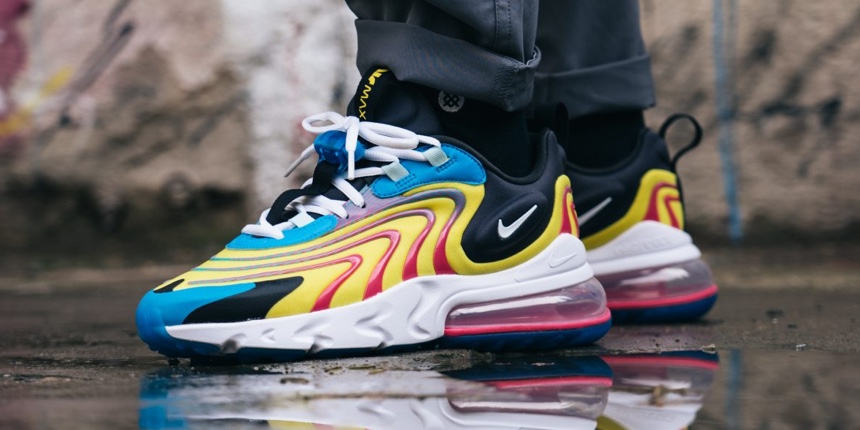
Choosing between Nike‘s Air Max and React Element isn’t just about picking a pair of trainers; it’s about selecting a pair that complements your personal style and needs. Both of these are considered to be the American sportswear company’s most advanced cushioning technologies to date. But while they’re both extremely comfortable in their own right, they also have their own pros and cons.
In this article by Captain Creps, we’ll be diving into the essence behind these two iconic lines, comparing the design, aesthetics, and tech. Whether you’re deep into the sneaker game or just looking for your next casual pair, we’re here to lay out the facts on Air Max and React Element, helping you figure out which one ticks all your boxes. So, let’s get to it!
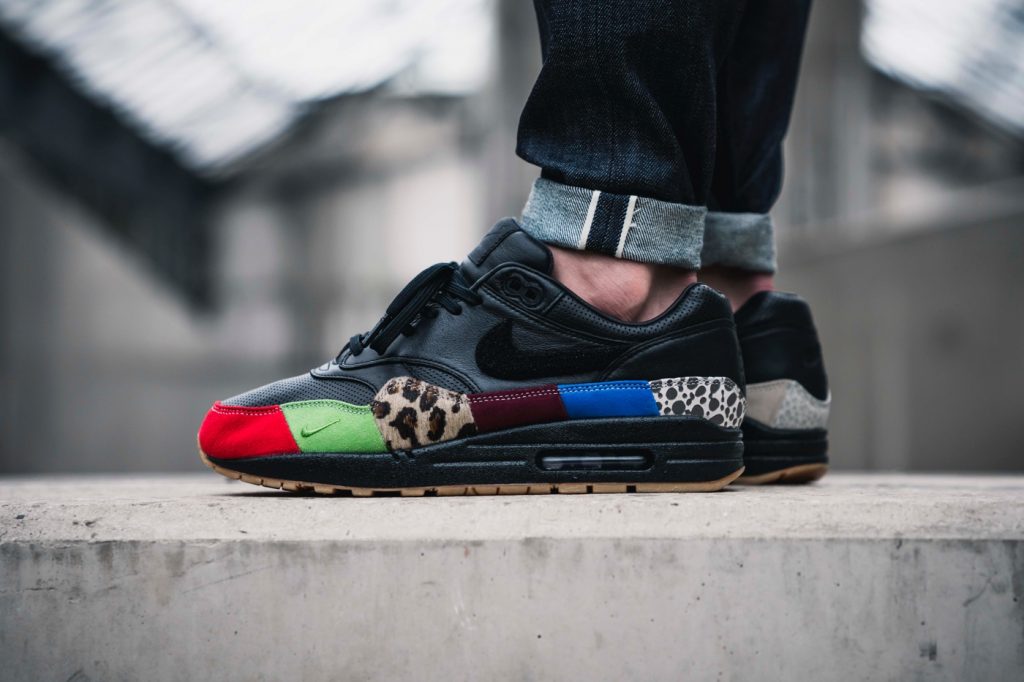
Design & Aesthetic Differences
The Air Max series, launched in 1987, is renowned for its visible air cushioning feature. The visible bubble not only serves a functional purpose by enhancing comfort, but it also adds a distinctive aesthetic to the shoe. The Air Max was influenced by the Centre Pompidou in Paris, with its exposed structure and deconstructed vibe.
In contrast, the React Element is designed with a focus on practicality and minimalist design, targeting those who prioritise function and comfort in their daily wear. Introduced with the urban commuter in mind, its design was guided by practical data, using feedback from everyday athletes to create a shoe that addresses the real-world needs of its wearers.
Technological Improvements & Performance
From a technological standpoint, both lines showcase Nike’s commitment to innovation. The Air Max is notable for its air cushioning tech, which has been refined over the years to provide better support and comfort. This is a testament to the Beaverton brand’s ability to adapt and improve upon existing designs to meet the evolving needs of consumers.
The React Element, on the other hand, features the Swoosh’s React foam technology, known for its durability and responsive cushioning. This technology ensures that the shoe can withstand the wear and tear of daily use while offering a comfortable and supportive fit. React foam is designed to be both softer and more energy-efficient, providing a better overall experience for the wearer.
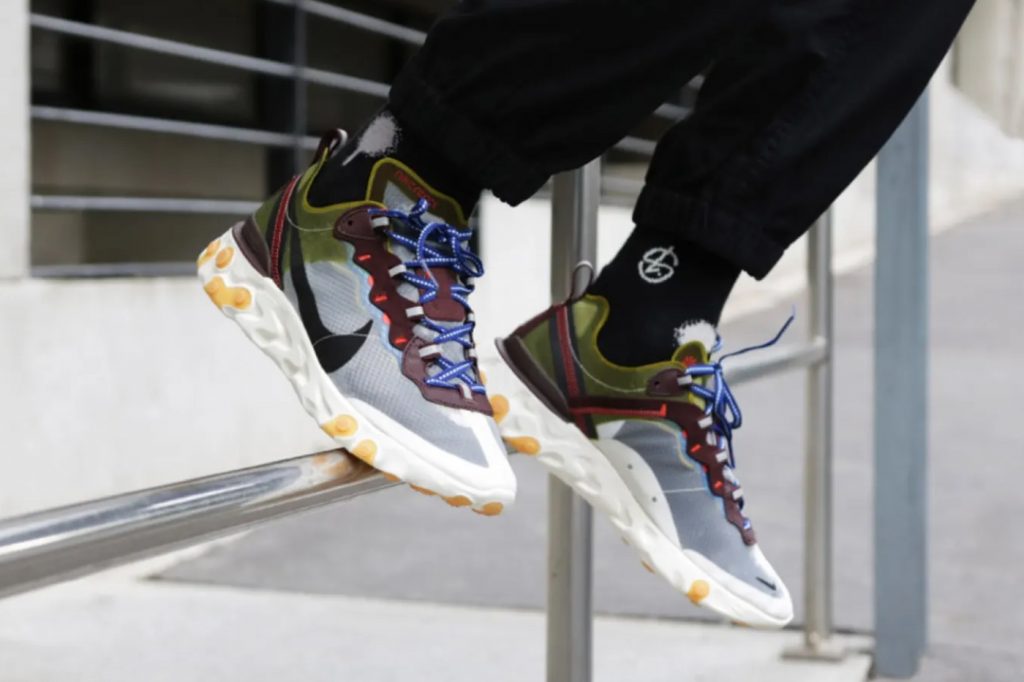
Does Air Max Fit the Same as React Element?
When it comes to fit, Nike’s Air Max and React Element do have their nuances. Generally speaking, the Air Max tends to offer a snug fit, particularly around the toe box and midfoot, a characteristic that’s been consistent across its iterations. This snugness isn’t just for style; it’s designed to provide a secure feel, especially important for a line that’s as versatile on the track as it is on the streets.
The React Element, in contrast, often feels a bit more generous in terms of space, especially for those with wider feet. Thanks to its design, aimed at maximising comfort for all-day wear, it provides a slightly roomier fit. This doesn’t mean it’s any less secure on the foot, though. The React Element’s upper construction and lacing system are engineered to adapt to your foot, ensuring a good fit without the tightness some might feel in an Air Max.
Is Air Max More Comfortable Than React Element?
Comfort is subjective, and what works for one might not for another. The Air Max offers a bounce and a level of shock absorption that’s hard to beat. It’s designed to take the impact on hard surfaces, making it a solid choice for runners or anyone on their feet for long periods.
The React Element counters with a focus on softness and responsiveness. The foam provides a plush, cushioned feel underfoot that’s notably lightweight. This makes the React Element exceptionally comfortable for daily wear, particularly for those navigating the concrete jungle.
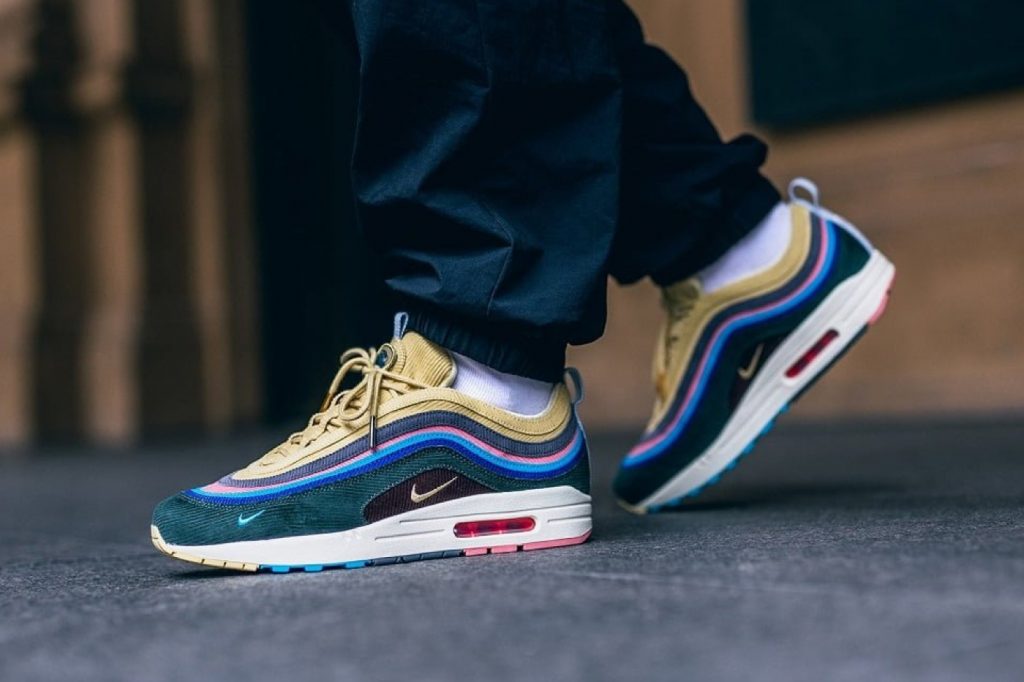
Where Can I Buy Air Max and React Element?
Both Air Max and React Element are widely available across a variety of retail channels. Official Nike stores and their website are the first ports of call, offering the latest releases and exclusive colourways. Beyond Nike, other sporting goods stores and sneaker boutiques also stock these lines, providing a wide range of options for both.
For those looking for deals or rarer models, online marketplaces like StockX, GOAT, and eBay are worth exploring. These platforms offer both new and used options, sometimes at more competitive prices. Just be sure to buy from reputable sellers to avoid counterfeits.
The Bottom Line
Deciding whether to go with Nike’s Air Max or React Element boils down to personal preference in comfort, style, and use. The Air Max shines with its iconic design and air cushioning, suited for those valuing support and a bit of nostalgia. The React Element stands out for its modern aesthetic and unmatched all-day comfort, making it perfect for urban explorers and casual wearers alike.
Ultimately, the choice is yours, and it’s hard to go wrong with either. Both lines exemplify Nike’s commitment to quality, innovation, and style, ensuring whichever pair you choose will serve you well. Whether you prioritise the classic appeal and activity-ready design of the Air Max or the contemporary comfort and sleek look of the React Element, you’re getting a sneaker that’s built to perform and impress.
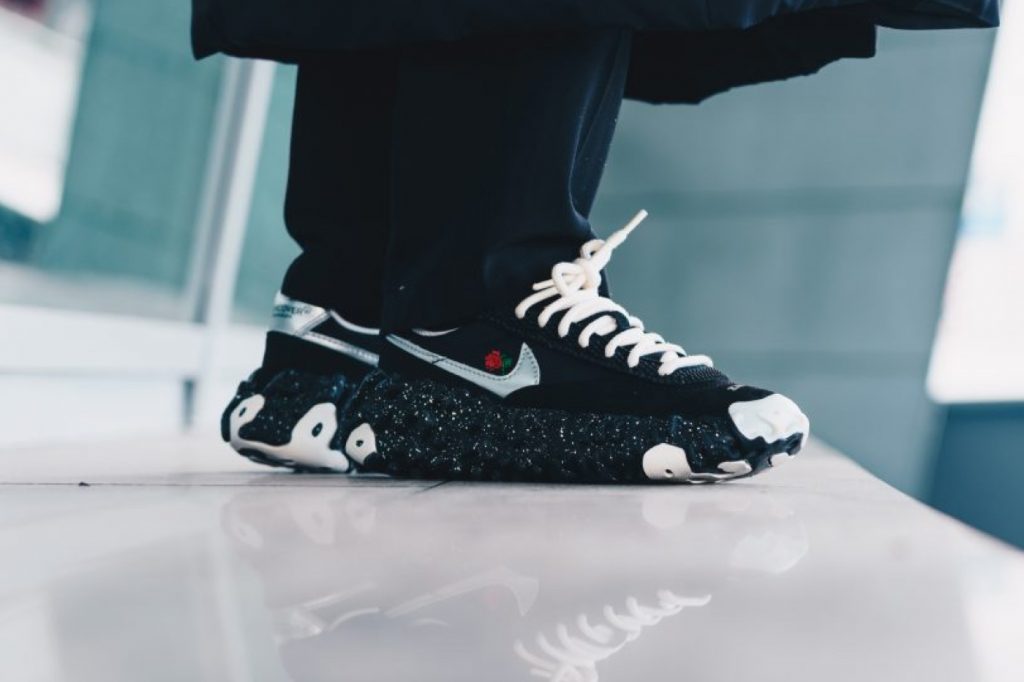
Frequently Asked Questions
Which is better for running, Nike Air Max or React Element?
React Element is preferred for running due to its lightweight and responsive React foam. Some Air Max models are suitable for running but are generally more focused on style and casual wear.
Can I wear Nike Air Max and React Element for casual occasions?
Yes, both sneakers are versatile for casual wear. Air Max offers a retro look, while React Element provides a modern, minimalist style.
Are Nike Air Max sneakers heavier than React Element sneakers?
Yes, Air Max sneakers tend to be slightly heavier due to their air cushioning units, whereas React Elements are lighter, designed with lightweight React foam.
How do I clean my Nike Air Max or React Element sneakers?
Clean with a soft brush and mild soap and water. Avoid harsh scrubbing. Let them air dry away from direct heat.
Is the Nike React Element more expensive than the Air Max?
Prices vary by model and release. Both lines have similar price ranges, but limited editions or collaborations may cost more.
